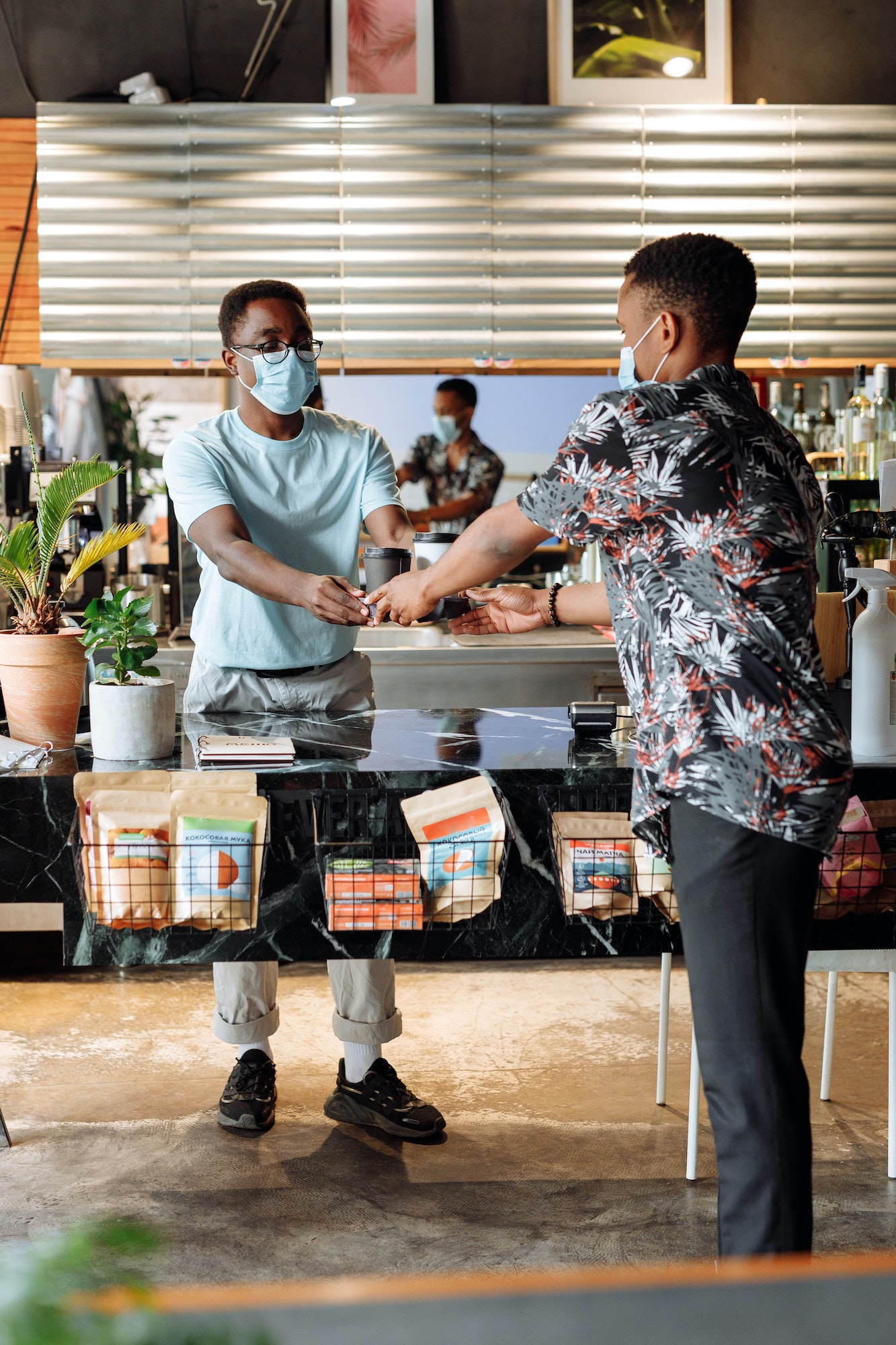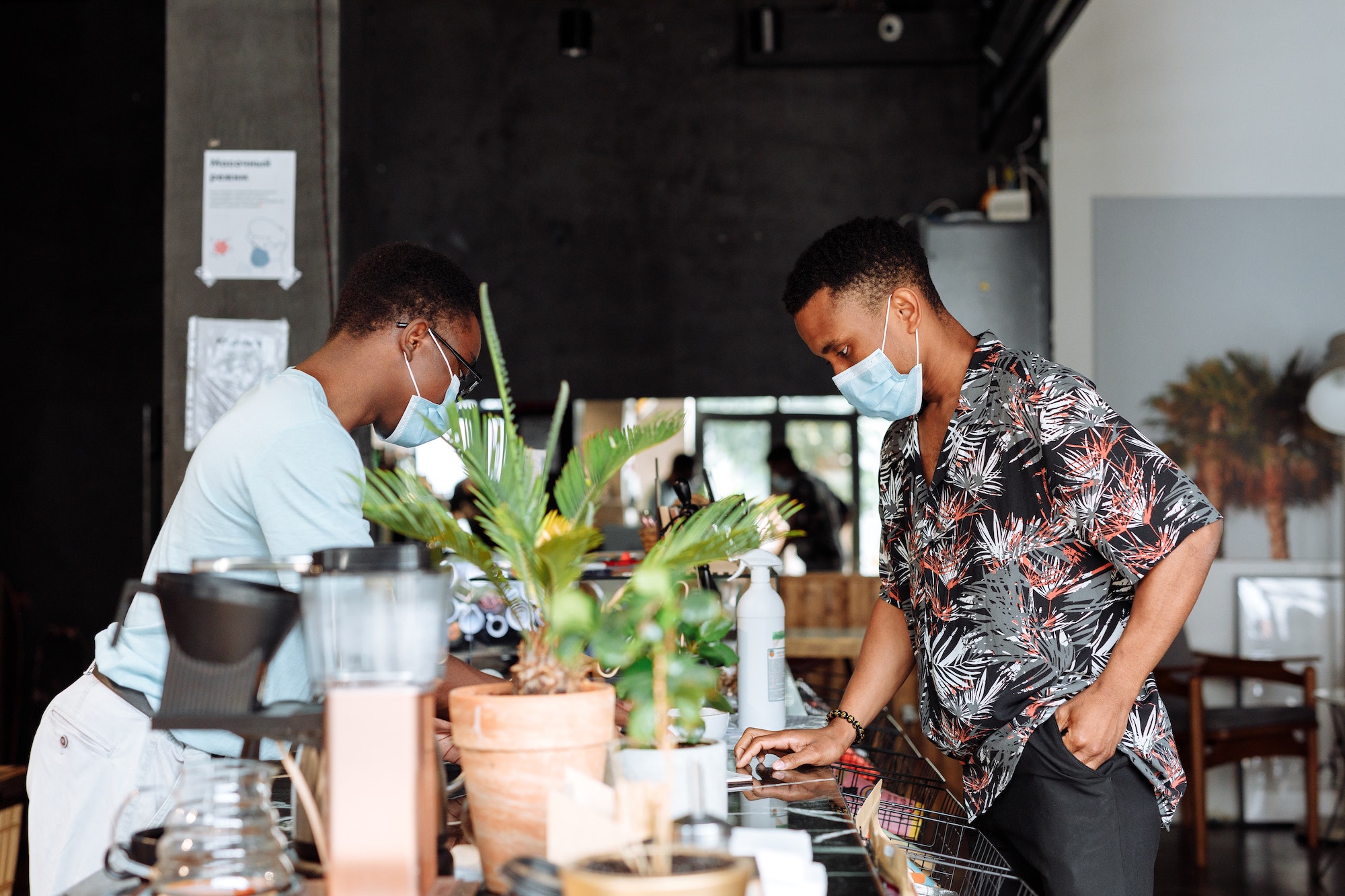While the food and beverage industry is still being heavily impacted by COVID-19, there are establishments that seem to be weathering the storm a little better.
One thing that’s common among them is their ability to quickly adapt to the changing times and address market needs through technology. While many of these tech tools have existed even before the pandemic, the adoption of these technologies accelerated greatly in 2020. These solutions not only supported the industry but also provided a sense of security to customers.
Contactless payments
While cash remains king in the country, the pandemic saw an uptick in digital and contactless payments, with hygiene and health as the top drivers for this trend. According to a study conducted by Mastercard, in 2020 about 70 percent of Filipinos used their cards in-store, with 38 percent going for the contactless option because of hygiene purposes. Many also believed that choosing digital payments can help curb the spread of COVID-19, with less surfaces to touch and people to hand off items to during a transaction.
Foodservice establishments have also tapped payment solution providers as alternatives beyond cash and cards. These end-to-end systems are becoming the preferred mode of payment, offering convenience and limited physical contact.
According to a study conducted by Mastercard, in 2020 about 70 percent of Filipinos used their cards in-store, with 38 percent going for the contactless option because of hygiene purposes.
Digital ordering systems
Now that studies have found that the COVID-19 virus is airborne, food businesses are taking a page from e-commerce companies. They have created dedicated websites or apps where buyers can simply click on menu items they want to order, pay online, schedule delivery day and time, and wait for their food to arrive at their doorstep.
This eliminates the need to go to the store in-person as purchasing can be done within the comfort of their home. It also reduces the risk to staff who take orders from the counter.
On the business side, diversifying ordering methods and delivery app partnerships allow for continued operations, even if dine-in operations will temporarily halt due to restrictions.

Some raw material providers also didn’t need to create their own websites. For instance, farmers now utilize social media to sell produce directly to consumers and food businesses, too.
Besides online solutions and tech tools, in-house facilities such as digital kiosks are now seen popping up in a lot of fast food branches. After choosing your order, you can either pay cash or use the installed card terminals. Choosing the latter allows you to skip the counter and interact with staff, and go straight to the waiting area, where you’ll be informed if your food is ready to be picked up via digital screen.
Delivery and dine-in innovations
Greater food safety is the top driver for upgrades in delivery and dine-in operations. Even companies that are considered early adopters of takeout have found it challenging to navigate today’s landscape.
On top of ensuring that food quality remains consistent from the time it leaves the kitchen to the moment it arrives at a customer’s door, there’s also the matter of packaging it safely.
Cloud kitchens have also become a business model that entrepreneurs are looking into today. Instead of an actual dining space, different brands share a kitchen in one location to prepare and send off food to customers.
For as long as businesses remain open to new ideas and are quick to pivot when necessary, the F&B industry can still see growth and opportunity—in whatever form it may take—even as a different pandemic rolls around.
For those who have opened their doors to dine-in, dedicated sanitation areas are already the norm with alcohol or hand sanitizers placed at every table and entrances at the store. Providing QR codes to access the menu and even sending orders is also the norm. Some restaurants, like Gallery by Chele, go a step further and provide UV cutlery boxes where utensils undergo regular cleaning and sanitation.
Going beyond drive-thru, establishments such as KFC and Shakey’s have allocated spaces where diners can park, order, and get their food without having to leave their vehicles. Experts are also predicting more drive-thru lanes just to accommodate consumers who are on the go and do not feel safe dining in.
For as long as businesses remain open to new ideas and are quick to pivot when necessary, the F&B industry can still see growth and opportunity—in whatever form it may take—even as a different pandemic rolls around.





